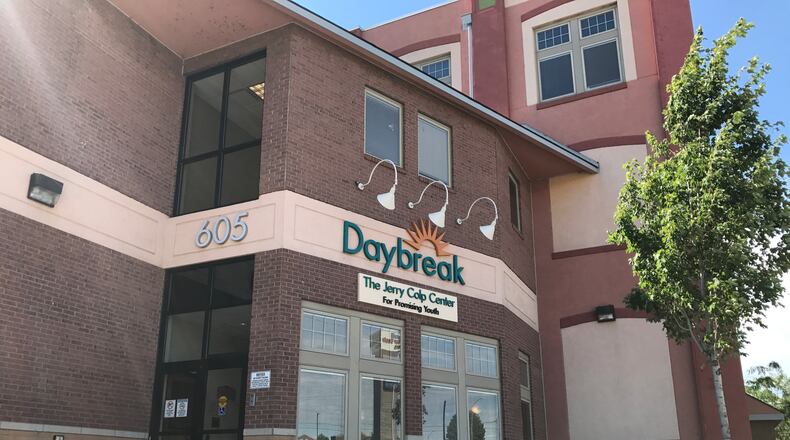“It really is targeted to getting people out of shelters and into stable housing,” she said. “So most of the funding is used for housing.”
RELATED US gives $2B to help homeless amid plans to cut housing aid
HUD increased the amount awarded to area CoC recipients this year by about $568,000. Across the country, about $2 billion is going into 7,300 programs.
“These Continuum of Care program grants are a great example of communities embracing the strongest practices and transforming how they respond to homelessness,” said Matthew Doherty, Executive Director of the U.S. Interagency Council on Homelessness.”
Of the 29 grants awarded to the local CoC, 16 will go toward housing programs that provide safe, affordable housing with supportive services to disabled homeless persons. Combined, the programs provide supportive housing to more than 1,000 formerly homeless households annually.
RELATED: Montgomery County gets $1.2M to help make homelessness ‘rare, brief’
Shanahan said projects eligible for renewal are reviewed each year to make sure they are meeting performance targets. Some may get phased out while others get new funds, she said.
One newly-funded project is the county’s coordinated entry process, sometimes called “front door,” which will receive $112,320, according to HUD.
In 2010, Montgomery County was among the first communities in the country to implement the entry program, which is now a HUD requirement, Shanahan said.
“There is a coordinated approach to solving homelessness,” she said. “Instead of people showing up in multiple places and put on multiple waiting lists, it is s a more efficient way of organizing the system.”
MORE: County has ‘effectively’ ended homelessness among veterans
Locally, the entry points to the system for those experiencing homelessness are the Daybreak youth shelter, PATH (Projects for Assistance in Transition from Homelessness) outreach, St. Vincent de Paul Gettysburg Gateway for Men, St. Vincent de Paul Gateway Shelter for Women and Families, and the YWCA of Dayton’s domestic violence shelter.
In 2016, 3,509 households in Montgomery County spent at least one night in shelter or living unsheltered. An annual state count in January 2017 showed 382 households in Montgomery County had no home. Altogether, 500 people were counted, 53 of whom were unsheltered.
Volunteers will again make the mandated point-in-time count for Dayton and Montgomery County next week, Tuesday evening through Wednesday morning.
Organizations receiving HUD grant funding include: City of Dayton, Daybreak, Eastway, Homefull, Miami Valley Housing Opportunities, Montgomery County, PLACES, and St. Vincent de Paul.
“While stable housing is essential for success, it is not the stopping point for people,” Doherty said. “Stable housing is the platform from where people can address the challenges they face, from where they can pursue their goals for themselves and their families.”
About the Author

